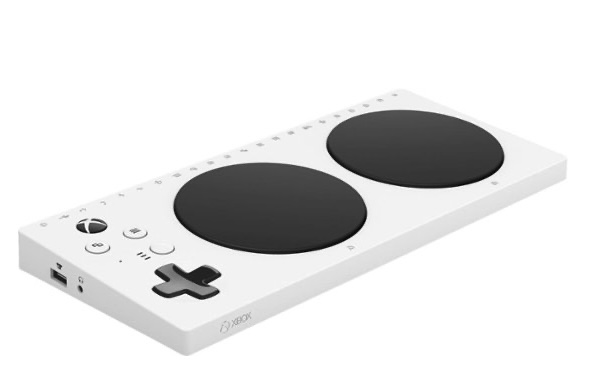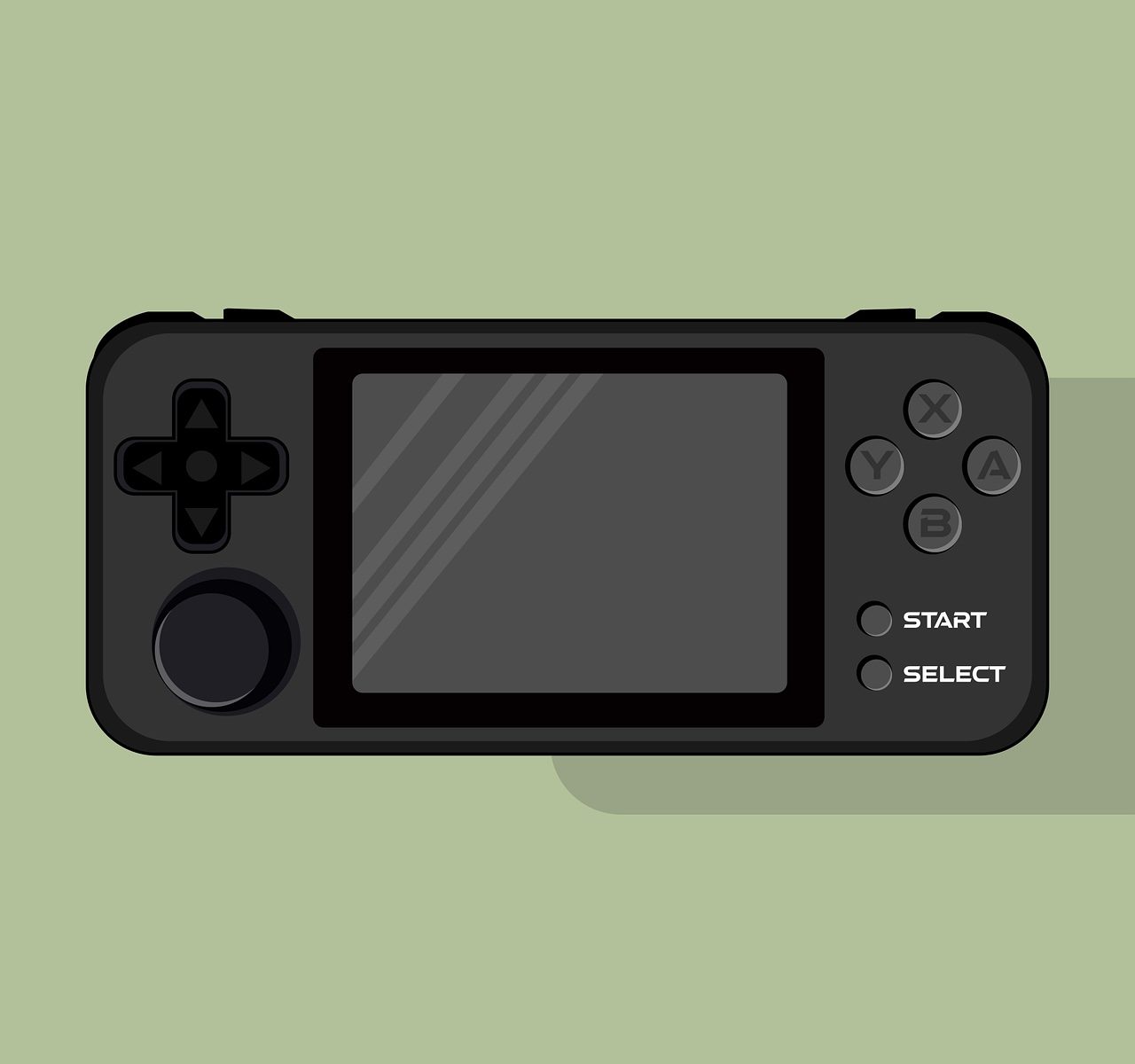There’s a growing awareness in our society for accessibility. Accessibility helps all people gain access to modern conveniences and entertainment. Accessibility on the web is a big deal because it helps everyone connect with people and content. In gaming, accessibility gives the opportunity to all types of people to play.
The gaming industry has increasingly recognized the importance of making games more playable and enjoyable for everyone, including those with disabilities.
There’s been a number of accessibility advancements over the years which has helped many more people enjoy modern gaming.
What is Gaming Accessibility?
Gaming accessibility refers to the design and implementation of video games in a way that makes them playable and enjoyable for as many people as possible, including those with disabilities.
The concept involves removing barriers that may hinder experiences for people with certain physical, sensory, or cognitive disabilities.
There are several key drivers of gaming accessibility:
Physical Accessibility: This includes making games more playable for people with limited mobility or motor skills. This can mean more adaptive controllers, as an example.
Visual Accessibility: For players with visual impairments, games may offer what is known as a higher contrast mode, or larger text options, colorblind modes, or screen readers.
Auditory Accessibility: To help gamers who have hearing impairments, games may include subtitles or closed captions or visual cues for audio events that allow the gamer to react.
Cognitive Accessibility: For people with cognitive disabilities or learning difficulties, game play can be slowed down or simplified.
Social and Emotional Accessibility: This aspect focuses on creating a safe environment for all players, this is particularly important in multi-player gaming setups.
Financial Accessibility: This is often the least mentioned one, but this helps keep games at reasonable prices so as not to prevent those with financial challenges the opportunity to enjoy gaming.
Historical Perspective
When gaming first came to be in the 1970s, accessibility was hardly considered. Games were primarily designed for an assumed type of person with full abilities. But that’s not all on gaming companies, during this span the gaming industry was finding its way with technology. Gaming development encompasses far more and reaches much farther today. In other words, achieving accessibility today isn’t nearly as difficult as it was back then.
The 90s was a turning point for gaming and accessibility. Advocacy groups filled in as a persuasive voice. This led to some basic accessibility features such as color adjustments and text size.
The 2000s introduced a more profound effort towards the mission. During this period, deeper conversations in the industry and within player communities led to more inclusive gaming experiences.
One of the major key factors was the introduction of accessibility guidelines. Around this time, organizations began to develop and publish guidelines for accessible game design. These guidelines provided developers with frameworks and best practices for making games more inclusive.
Following this, some major titles released accessibility features like subtitles and customizable controls.
Moreover, the media really honed in on accessibility in gaming which highlighted a need to keep evolving.
Enter the 2010s.
During this time period, we saw major, system level advancements in consoles that supported more robust accessibility.
For example, Microsoft, in collaboration with organizations like The AbleGamers Charity, SpecialEffect, and the Cerebral Palsy Foundation, developed the Xbox Adaptive Controller.

The Xbox Adaptive Controller features a large, flat design with two large programmable buttons and a variety of ports for connecting external switches, buttons, mounts, and joysticks.
It’s an awesome advancement that further motivated the gaming industry to realize all the potential in aligning with accessibility. It put on display to the rest of the industry what is possible and encouraged other gaming companies to pursue a more inclusive position.
This advancement symbolized a much broader shift in the gaming industry’s mentality that lives on today.
Conclusion
Accessibility in today’s gaming world is considered a must, and all gaming companies pursue a more inclusive player audience. But it wasn’t always this way. Advocacy and the advancement of technology helped us find this more compassionate place. The future for gaming accessibility is bright as ever.
